
 |
Eager Space | Videos by Alpha | Videos by Date | All Video Text | Support | Community | About |
|---|

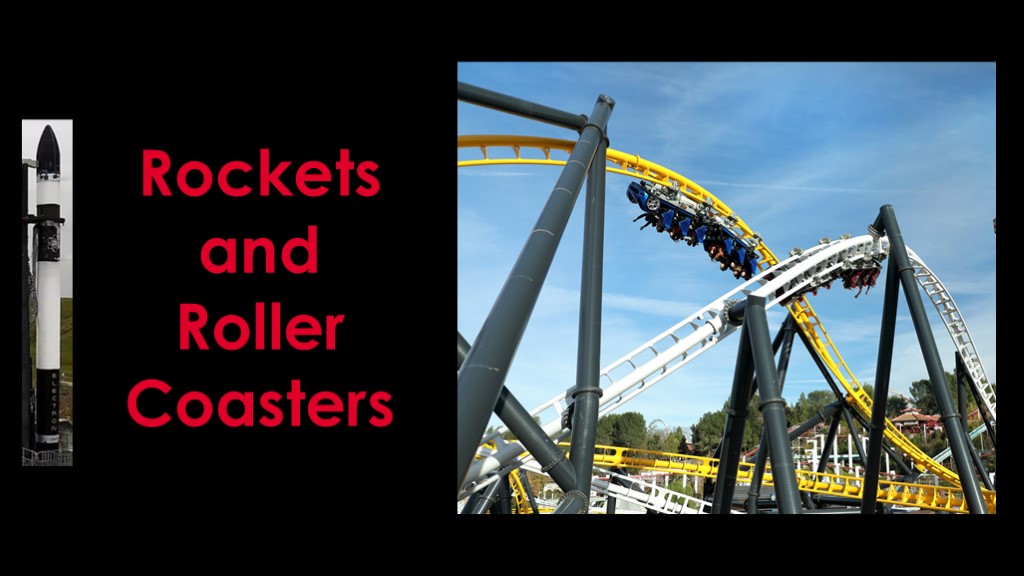
Is there a way to help rockets get off the ground using other technologies?
It turns out that there's one industry that has a lot of ways that could help.
This is rockets and roller coasters
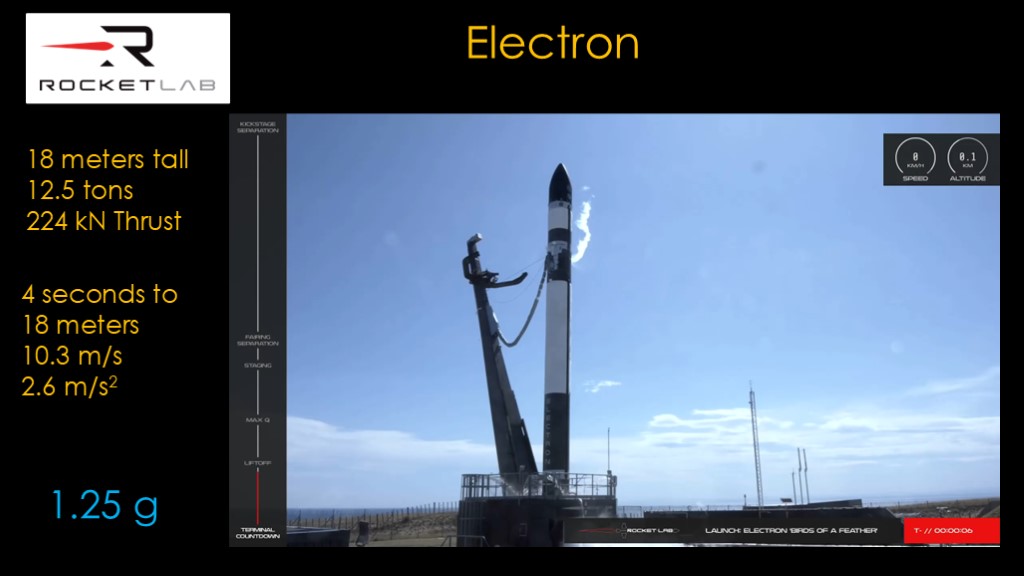
We're going to use the small launcher electron from rocket lab. I chose it because of its size and because Electron would be a great name for a roller coaster.
Electron is 18 meters tall, weighs 12.5 tons, and has 9 engines on the first stage that put out 224 kilonewtons of thrust.
Here's a launch...
Watching this launch, we can figure out a few things.
In the first 4 seconds, it reaches an altitude of 18 meters and a speed of 37 kilometers per hour or 10.3 meters per second. That gives an approximate acceleration of 2.6 meters per second squared.
That's about ¼ g of acceleration, and since it also fights against gravity, its total acceleration is about 1.25 g. That is what we need from a launch assist system.

Why roller coasters?
The traditional roller coaster used a long lift hill to provide the coaster train with its initial velocity.
But the current crop of roller coasters use another method to generate a lot of velocity in just a few seconds - the same thing we are hoping to do to help the Electron....

There are a number of different technologies...
A weight drop uses the energy in a large counterweight.
Some coasters use compressed air.
Some use hydraulics.
And many of the newer ones use linear motors.
They can achieve accelerations in the 1.5 - 3 g range, and that's exactly what we're looking for.

I'm going to concentrate on the linear synchronous motor, as it's easy to build and low maintenance. I found two case studies for coasters using this launch technology.
The first is from the Italian company Zamperla.
In this design, the train weight is 16 tons, about 25% heavier than Electron. It launches at a speed of 20 meters per second, more than we need. It takes about double the distance that electron does, so we would perhaps want a version with a little more oomph. And it takes 4 seconds to do that.
It does take quite a bit of power to launch - about 2.7 megawatts. But this is only for 4 seconds, so it uses a trivial amount of energy, about 3 kilowatt hours of electricity worth perhaps 30 cents.

The second case study is from Piak design in the Netherlands. It's similar to the first one; the launch speed is a little faster and the duration is shorter, which could mean that it's more powerful, or it could mean that the train is lighter.
Either way, it's in the right class when it comes to power.
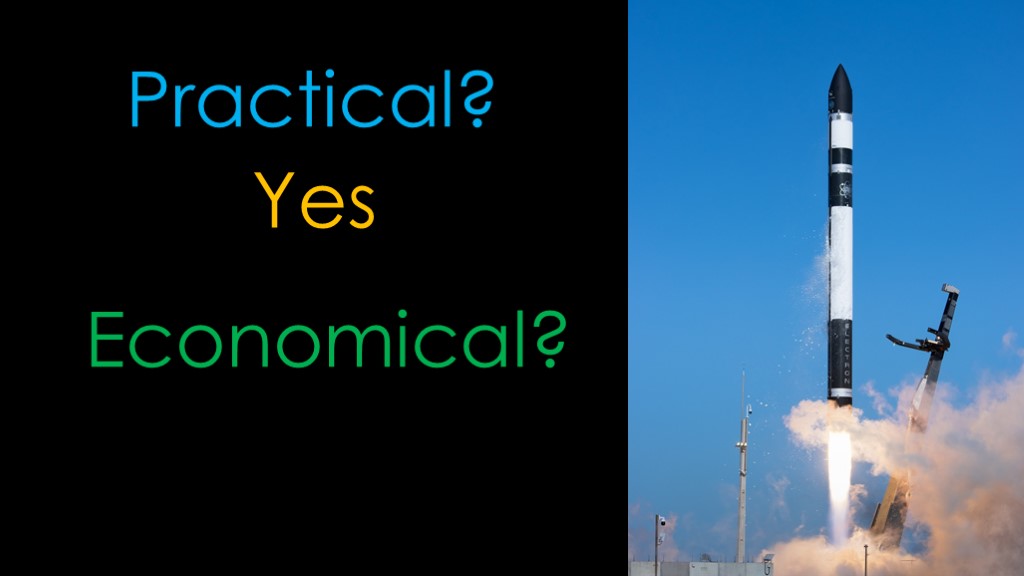
I was a bit surprised to find that building a launch assist system is practical, at least for a small rocket like electron. Larger rockets like a Falcon 9 are much heavier and would require much larger systems.
But are economical?
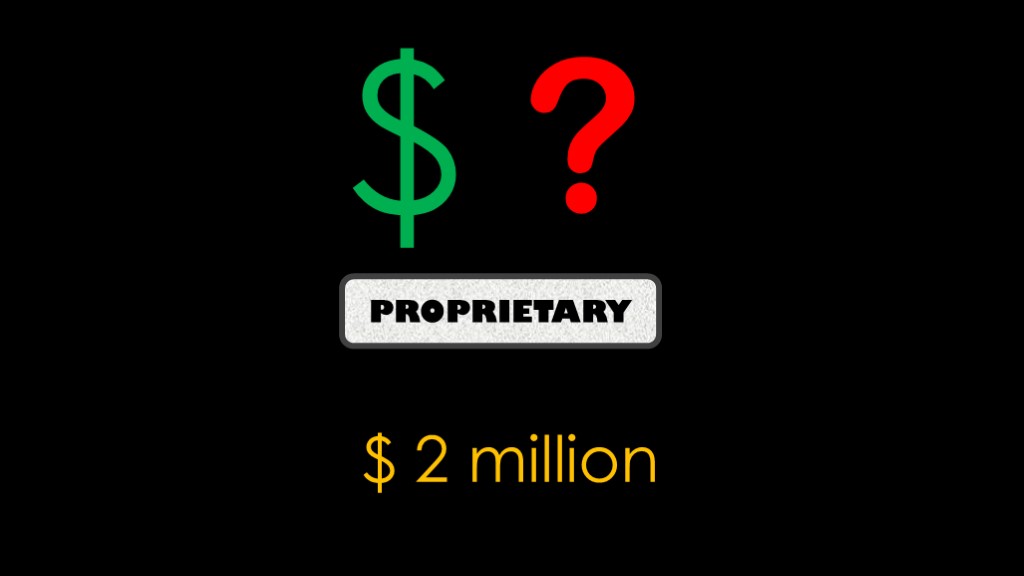
To do that, we need to know how much these launch systems are going to cost.
I would expect this kind of information to be proprietary - talking about detailed costs just makes it easier for your competitors - and I wasn't surprised there weren't any specific numbers.
Based on what I did read, I'm going to estimate that the sort of systems we are looking for are going to cost a couple of million dollars. It's a conservative estimate.
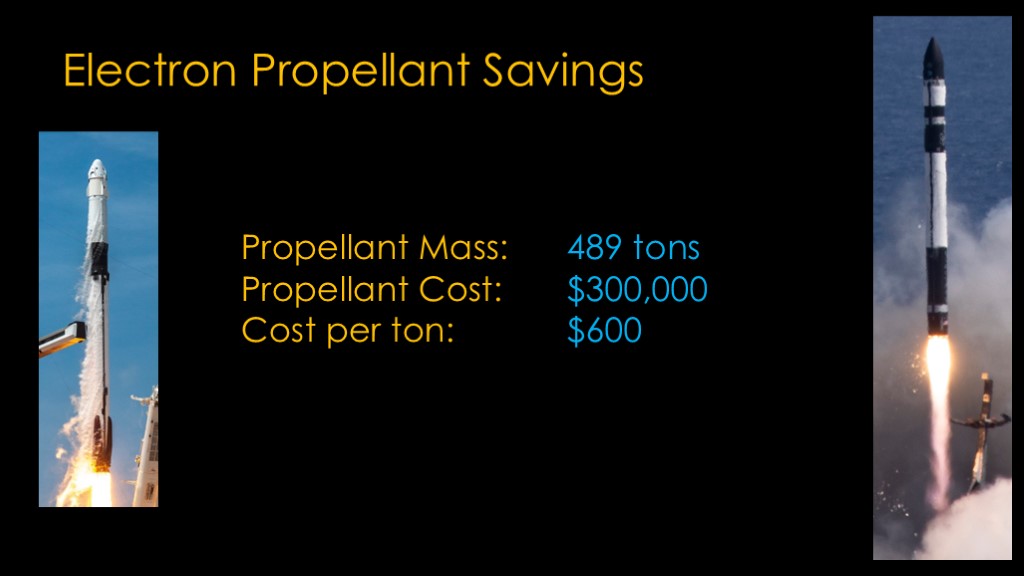
How much propellant would we save with such a system?
I couldn't find any figures on propellant costs for Electron, but I did find some rough ones for Falcon 9, which uses the same propellants.
Falcon 9's has a total propellant mass of 489 tons, and the propellant cost is about $300,000 per mission.
That means the propellant costs approximately $600 per ton.
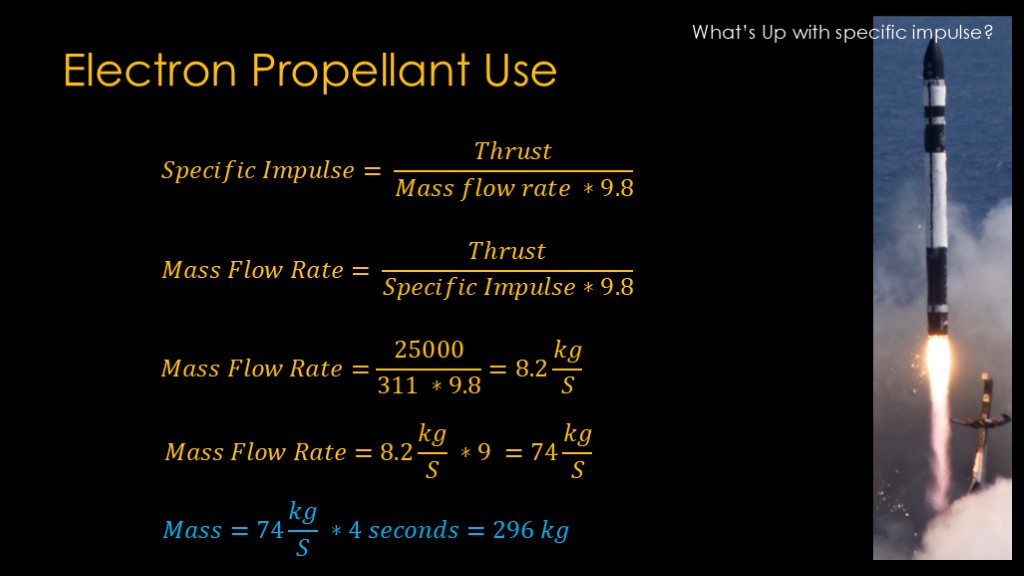
It's surprisingly easy to calculate how much propellant a rocket burns.
The specific impulse of a rocket engine is equal to the thrust in newtons divided by the mass flow rate times 9.8.
You can see my video "what's up with specific impulse?" to learn more, but for this discussion all you need to know is that specific impulse is a measure of a rocket engine's efficiency at converting propellant mass into thrust.
We can rearrange this to solve for the mass flow rate, and we find that it is equal to the thrust divided by the specific impulse multiplied by 9.8. That 9.8 is there to convert between the specific impulse and the exhaust velocity.
Plugging in numbers for the Rutherford engine on Electron, it has a thrust of 25000 newtons and a specific impulse of 311, and we find that it has a mass flow rate of 8.2 kilograms per second.
The electron has 9 engines, so it's total mass flow rate is 74 kilograms per second.
The launch assist will operate for 4 seconds, and the propellant savings during that period will be 296 kilograms.

We now have enough information to determine the breakeven point where the launch system makes economic sense.
The cost per launch of the launch assist system is equal to the total cost divided by the number of launches, and the savings is equal to the propellant cost per ton multiplied by the number of tons saved by the system.
Plugging in numbers, we're using $2 million as the cost of the launch assist system, $600/ton for the price of propellant, and 296 kilograms - or 0.296 tons - as the amount of propellant saved, we find that our launch assist saves $180
Solving for number of launches, we get about 5500 launches to break even.
Which is the answer to the question of why we don't see these systems, often summarized in the saying "propellant is cheap".

If you enjoyed this video, please go ride a roller coaster, and remember to shout "wheeeeeee!"